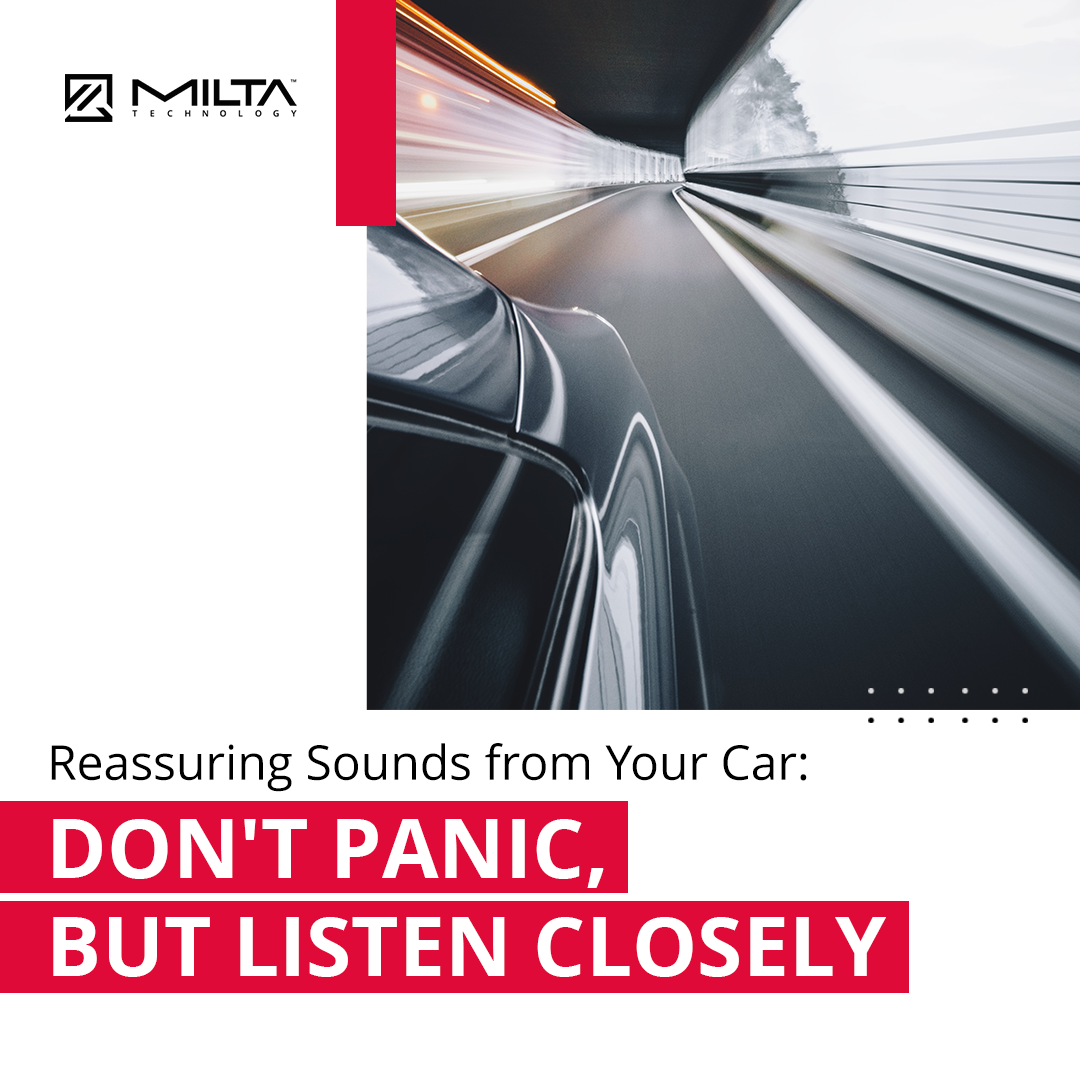Reassuring Sounds from Your Car: Don’t Panic, but Listen Closely
When it comes to researching the sounds your car makes, it’s easy to stumble upon alarming information that suggests impending doom. In the automotive world, any unfamiliar noise is often associated with serious issues requiring costly repairs.
However, not all car noises are harbingers of disaster. Some are just the product of everyday wear and tear, easily resolved if addressed promptly. Let’s explore some common car sounds that you shouldn’t fret over, along with practical tips on how to respond to them.
/
Engine Squealing after Starting
That squealing noise you hear after starting your car is likely due to a worn serpentine belt. While it plays a critical role in controlling various engine components, the good news is that fixing this issue is relatively simple and affordable. A quick adjustment or replacement of the serpentine belt is usually all it takes to resolve the matter, without any need for undue concern.
/
Squeaking Brakes
When pressing down on the brake pedal results in a high-pitched squeaking sound, it’s often an indication that your brake pads are nearing the end of their life. Replacing them in a timely manner will keep your braking system in top shape. However, if the sound becomes more metallic, it may indicate a potential problem with the rotors, requiring closer inspection.
Should you hear the squeak initially but notice it disappearing after driving for a while, it could be due to minor rust or corrosion. While it still warrants attention, it’s not an immediate cause for panic and can be addressed during your next service.
/
Clicking While Steering
If you hear a clock-like ticking noise while steering, don’t be too alarmed. This sound is often caused by worn or damaged CV joints in the front of your car. CV joints allow your wheels to spin and maintain flexibility in the wheel axles. Though this may require replacement, it’s a straightforward and cost-effective fix, especially when compared to the potential damage that could result from neglecting the issue.
/
Loud Tire Noises
Your tires can produce various sounds, some of which may indicate issues that aren’t as serious as they initially seem. Pay attention to vibrations, as they might suggest slight wheel bends or problems with alignment or wheel balance. While these can be checked and rectified without much trouble, it’s essential to maintain proper balance and alignment to avoid more significant complications down the road.
/
How to Respond to These Noises:
/
Remain Calm
Instead of panicking, understand that internal-combustion engine cars are complex machines, and occasional noises are relatively common. In most cases, addressing minor localized problems is routine and won’t break the bank.
/
Seek Professional Inspection
Remember how your car sounded when it was brand new? Familiarize yourself with the normal range of sounds, so you can recognize anything out of the ordinary. Treat each sound as a gentle alert, much like a dashboard light, reminding you to have a professional examine the vehicle.
/
Avoid Ignoring Noises
Resist the temptation to ignore unfamiliar noises, even if they don’t seem to impact your driving experience. Minor issues can quickly escalate into more severe problems. For example, clicking CV joints may seem tolerable initially, but if left unattended, they could compromise axle balance and road traction, becoming a safety hazard.
/
Range Anxiety:
Range anxiety, the fear of running out of battery power before reaching a charging station, is a concern for many potential EV buyers. While some electric cars, like the high-end Tesla Model S Long Range, boast impressive ranges, more affordable models may still have relatively limited ranges. This limitation can be a deterrent for consumers who are uncertain about whether their driving habits align with the current state of electric vehicle technology.
/
In conclusion
View these noises as helpful guides rather than alarms. Regularly check the serpentine belt, change brake pads on time, address axle joint issues promptly, and keep a close eye on your tires. Embrace these noises as reminders to stay vigilant and proactively fix any problems while there’s still time. By doing so, you’ll ensure a smoother and safer driving experience in the long run.

